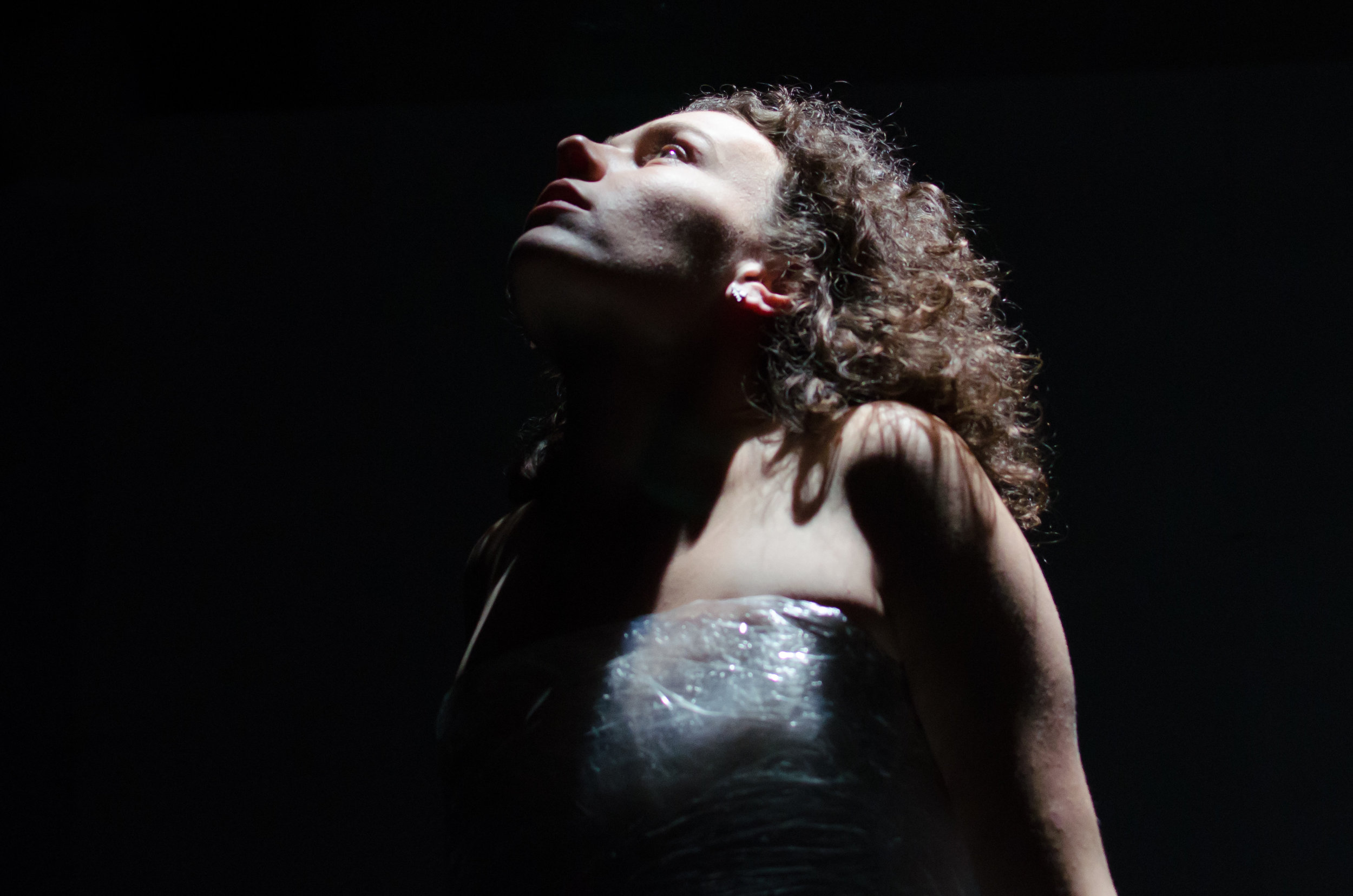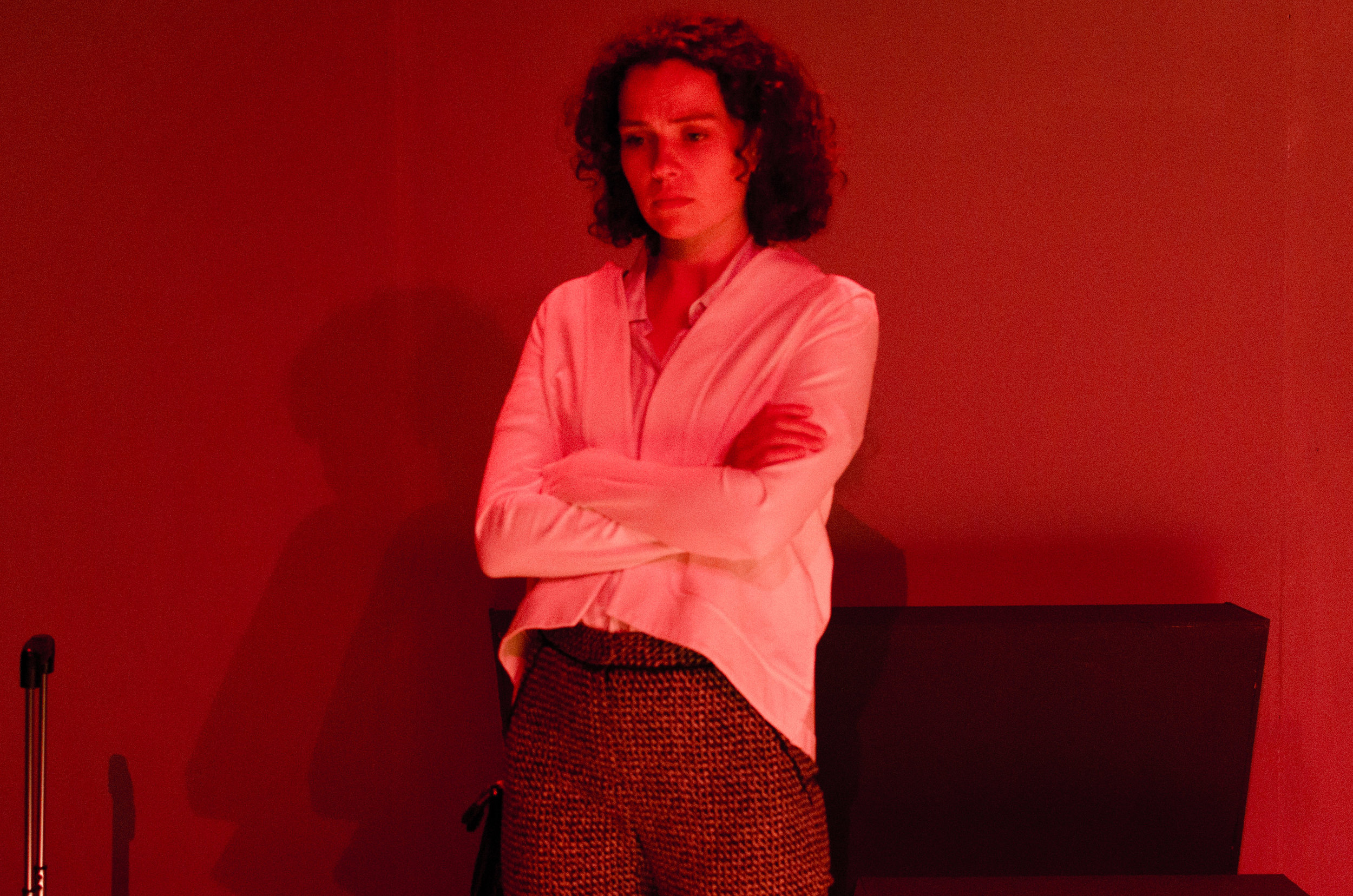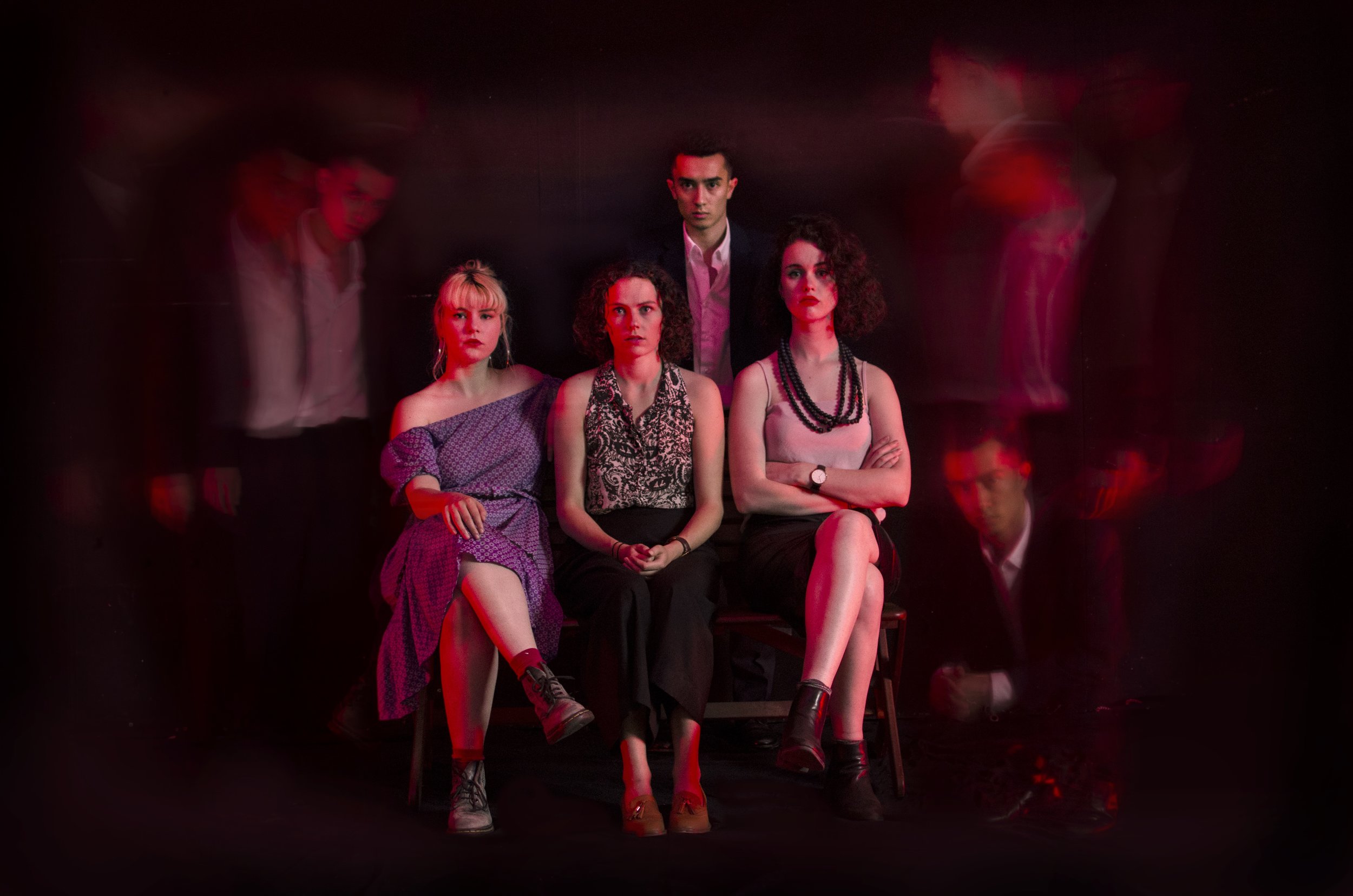
8-19 JANUARY - OLD 505 THEATRE
↓ ABOUT
He's the 1%. A spoilt aristocrat buying investment properties from overseas. He's a boat person. Invading our shores, bringing disease and death across the water. He's a sexual predator. A perverted sadist corrupting the wives and daughters of everyone he meets. Count Orlock. The Vampyre. Mr. De Ville. Dracula. Nosferatu. He's everyone's favourite.
Blasting apart one of the most iconic films of the silent era, Montague Basement kicks off Old 505's 2019 season with this new devised work. With nothing but fragments of F.W. Murnau's 1922 film to work from, Nosferatu: A Fractured Symphony dares to imagine a world without Dracula and rebuilds that myth before our eyes.
Read Saro Lusty-Cavallari's essay for Audrey Journal, Nosferatu: What Are We Afraid Of?
↓ TEAM
Directed by Saro Lusty-Cavallari
Produced by Imogen Gardam
Set and Costume Design by Victor Kalka
Lighting Design by Veronique Benett
Composer and Sound Designer Justin Gardam
With Lucy, Burke, Jeremi Campese, Lulu Howes and Annie Stafford
↓ DIRECTOR'S NOTES
The best way to ‘explain’ Nosferatu: A Fractured Symphony is to tell the story of its birth. Montague Basement has been exploring collage and adaptation for a few shows now, with the bare bones of plays and myths being reappropriated to create a fractured pastiche of various viewpoints of the same general theme. The idea for this show essentially came about as a challenge to that process: devise a work using nothing but the title cards of a silent film: F.W. Murnau’s iconic adaptation of dracula, Nosferatu: A Symphony of Horrors.
For those who haven’t seen much silent film, the lack of dialogue necessitated the use of title cards between the silent footage to either deliver important exposition or provide dialogue for the otherwise mute characters. Of course this feature of the silent era is hardly its most fondly remembered feature. To zero in on the one textual feature of a medium that was at that time a completely visual form would be like trying to reconstruct a painter’s work using the text in a gallery catalogue. Absurd… which was why it seemed like such a good idea.
To use Nosferatu and thereby approach the omnipresent Dracula myth through such a roundabout method seemed like a beautiful opportunity to poke around at the dark subconscious of our culture. This was not a precise attempt to retell the story or to use it to make a very specific point but an exercise in fumbling around the dark of our cultural history, like trying to reconstruct a film without any images, reconstructing monster mythology for modern times required a gut instinct above anything else.
As we developed our play based on those title cards, composer Justin Gardam was given an edited version of the film that contained no text whatsoever. Almost 1000km away in Melbourne, Justin created a complete original score for the film based entirely on his impression of Murnau’s images. This score would then be inserted into the performance with no compromises to either. This score became the substitute for the images we had shut ourselves out of; another link, albeit a few steps removed, from the film we were both trying to retell and deliberately forget. I like to think of Justin’s score as like the real world intruding on a dream, it may not appear to us as immediately recognisable but the film, like the real as we sleep, finds a way to make its presence known.
The notion of a dream informs every aspect of this production, indeed the weird approach to text creation was almost a way to reverse engineer a way to show what Murnau’s film would come out as filtered through our dreams. The nightmare of Count Dracula, like all our nightmares, takes the amorphous and disparate anxieties we have about ourselves and the world around us and places it in an acute and readily identifiable figure. This is the role of monsters in our cultural imagination and they can be remarkably good at diagnosing a dispersed evil that was always there. It can take a Trump to make white nationalism visible to us as it can take a Weinstein to make us actually take note of everyday sexual harassment. Yet the monster is always a dangerous figure to invest too much in, if all our problems can rest at the feet of a singular imposing figure then perhaps we can stop paying attention to the evils spread throughout the everyday and within ourselves.
How do we reconcile this problem? This show definitely cannot and doesn’t try to answer that question. What it does do is poke around our collective nightmare to create no so much a reflection of the world around today but a refraction of it. Bram Stoker’s original novel aimlessly juggles real estate, xenophobia, capitalism, sexuality and science in such a way that resonated not in spite of its thematic chaos but because of it and it is that spirit we hope to honour in this show.
↓ REVIEWS
"A masterful new work."
"Montague Basement is to be congratulated for selecting such a fine energetic cast and matching them with sound and lighting to present such a rich bloodthirsty delicacy of Australian theatre."
"the culmination of a hard-won creative period for Montage Basement and heralds a significant step in their development as an important Sydney based theatre company."
"emonstrates artistic innovation alongside an enthusiastic intellect" - Suzy Goes See
"this “Fractured Symphony” offers a persuasive take on the idea that horror films offer a space where our unacknowledged fears can be approached, explored and vicariously experienced."









